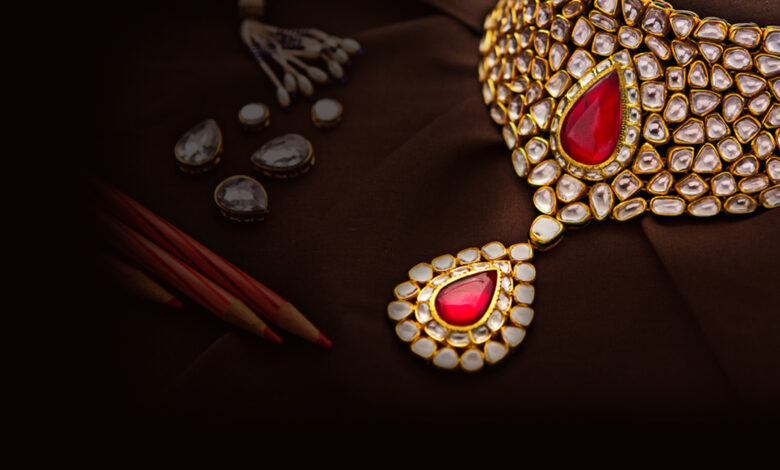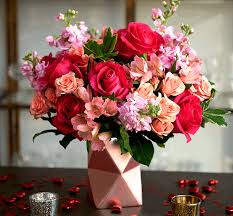Essential supplies and their selection in jewellery design

The act of wearing jewellery made of different materials dates back several thousand years. Some of these are used for special occasions, while other jewellery are used for everyday purposes. The jewellery varies in design, material, and many other variables. People are always passionate about making new jewellery for their use or sales. For designing unique jewellery or the existing design, the person needs to have some Fabricated Metals. There are only limited suppliers for such materials in Australia, and also, selecting the right one is essential. For creating jewellery design, the person needs several materials, including precious metals like gold and silver. Jewellery making has several steps, and each phase requires several tools and materials.
Essential items for designing and making jewellery
- Granules: They are the fundamental and unavoidable materials for making jewellery. It is used to create various decorative designs in jewellery. Granules are available in diverse sizes to make different designs. Also, many stores provide granules of various precious metals like gold, silver, platinum and palladium. It allows the person to design a piece of jewellery based on their imagination.
- Wires: Wires are another fundamental requirement for jewellery making. Chains, necklaces, etc., need wires of different gauges and types. Also, Pieces of such wires are used for various design purposes. There are distinct wires available and are primarily classified based on the shape. The most commonly used wire shapes are rectangle and round. They are used to make jewellery like chains, necklaces and bangles. Some specially designed wires are also used to create unique designs of jewellery. It includes half-round, Pearl, oval, spiral, etc. The wires of all the principal precious metals like gold, silver, Argentium, etc., are available in the Australian market for designing various jewellery items.
- Sheets: They are widely used to create various design elements by cutting and engraving. They are used as a part of different jewellery. Sheets are essentially classified into three types: base metals, bonded metals, and precious metals. They differ in price and thickness. So the person can buy as per their requirement. Different purity gold, silver, platinum, Argentium, etc., are referred to as precious metal sheets. The base metal sheet includes brass, copper, nickel silver, and titanium sheets. The thickness of the sheet is selected as per the particular requirement. The bonded metals are gold communed to sterling silver bonded to copper etc.
- Solder: It is an unavoidable material for every jewellery designer. The person always needs to bond different metals and jewellery pieces together. The solder is a must-have material for this purpose. Solders come in three forms: paste, sheet, and wire. They are using these materials to bond together. The paste solder comes in small syringes of varying quantities. Gold and silver metal are available in paste solder format. The sheet solder is gold, platinum, silver and white gold and is available in three colours yellow, white and pink. The wire solder is mainly of gold, Argentium, and silver.
- Metal tubes: They are also widely used in designing jewellery. These Fabricated Metals help designers to create sophisticated designs. Thus, several metal tubes of varying diameters for different purposes. Mainly, brass and copper tubes are the choices of the designers. The length and diameter are selected according to the design criteria.
- Metal strips: Metal strips are used for decorating the jewellery further. Metal strips are available in various shapes to make the design more manageable. The cloisonne strips are one of the most common choices by designers. It comes in both gold and silver metals. Many other types of strips including, embossed, fancy Bazel, plain bezel, etc., are available in the market.



